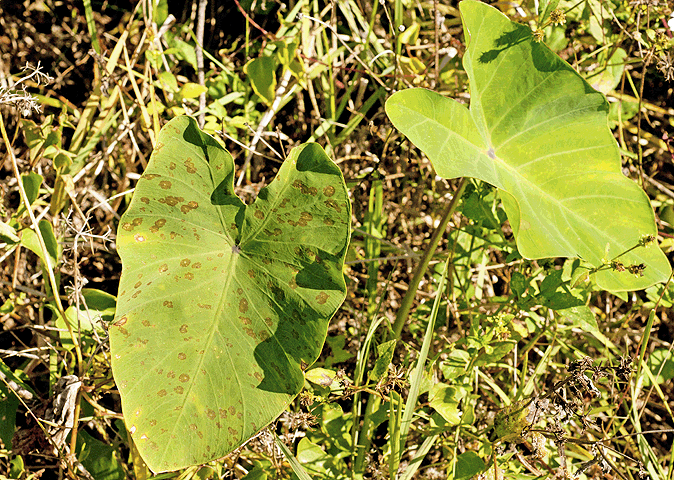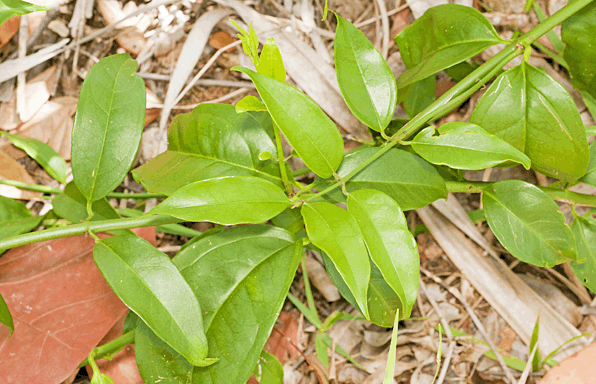Mimosa quadrivalvis thru Pentalinon luteum
Species Name |
Common Name |
Mimosa strigillosa |
|
Momordica charantia |
|
Morus rubra |
|
Muhlenbergia capillaris |
|
Myrica cerifera |
|
Myrsine floridana |
|
Nuphar advena |
|
Oeceoclades maculata |
|
Oldenlandria corymosa |
|
Opuntia humifusa |
|
Palafoxia integrifolia |
|
Panicum repens |
|
Parthenocissus quinquefolia |
|
Paspalum setaceum |
|
Passiflora subrosa |
|
Passiflora vitafolia |
|
Peltandra virginica |
|
Pentalinon luteum |
Mimosa strigillosa Sunshine Mimosa / Powderpuff
|
Momordica charantia Balsam Apple / Bitter Melon
Photographs 2, 3, 5 and 6: Courtesy of Roz Katz, Conservancy of Southwest Florida volunteer.
|
Morus rubra Red Mulberry
|
Muhlenbergia capillaris Muhly Grass
|
Myrica cerifera Wax Myrtle
|
Myrsine floridana Myrsine
|
Nuphar advena Spatterdock/ Cow Lily
|
Oeceoclades maculata Monk Orchid / African Spotted Orchid
|
Oldenlandia corymbosa Diamond Flower / Flattop Mille Graines
|
Opuntia humifusa Prickly Pear
|
Palafoxia integrifolia Coastal-Plain Palafox
|
Panicum repens Torpedo Grass
|
Parthenocissus quinquefolia Virginia Creeper
|
Paspalum setaceum Thin Paspalum Grass
|
Passiflora suberosa Corkystem Passionflower
|
Passiflora vitafolia Scarlet Flame Passionflower
|
Peltandra virginica Green Arrow Arum / Tuckahoe
|
Pentalinon luteum Wild Alamanda
|
© Photographs and text by Susan Leach Snyder (Conservancy of Southwest Florida Volunteer), unless otherwise credited above.

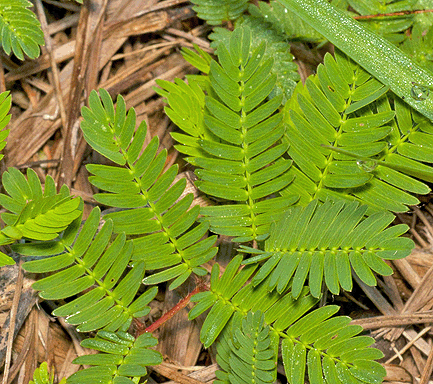
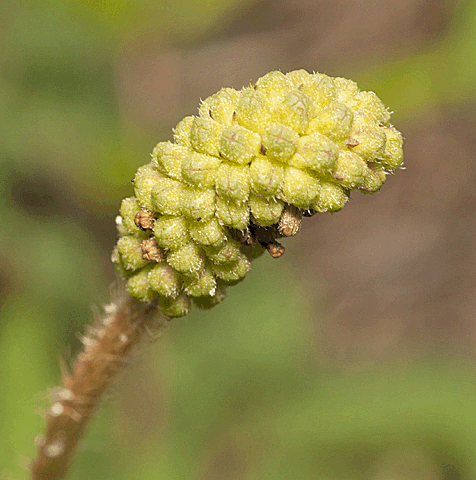
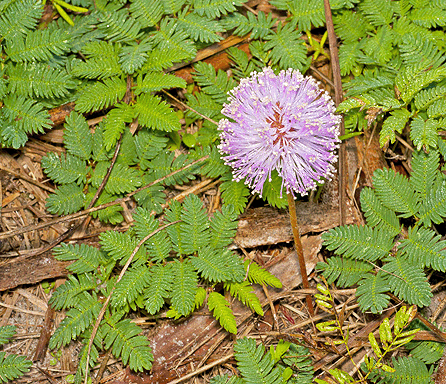
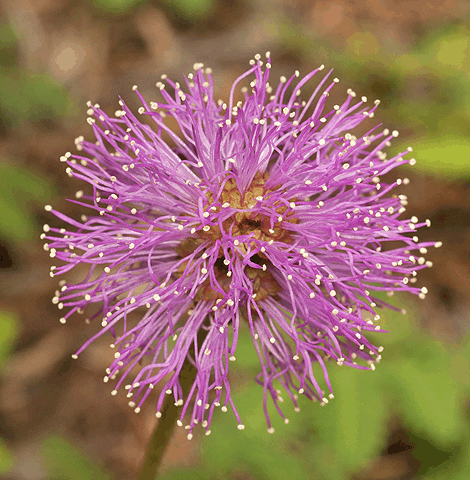

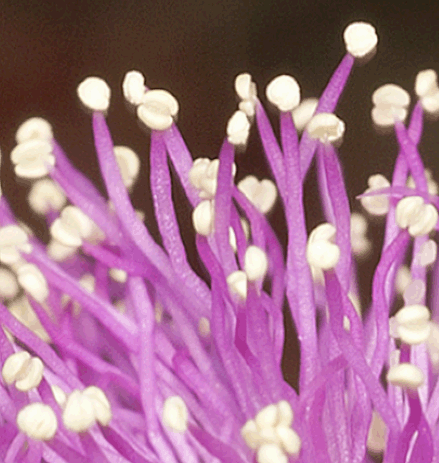
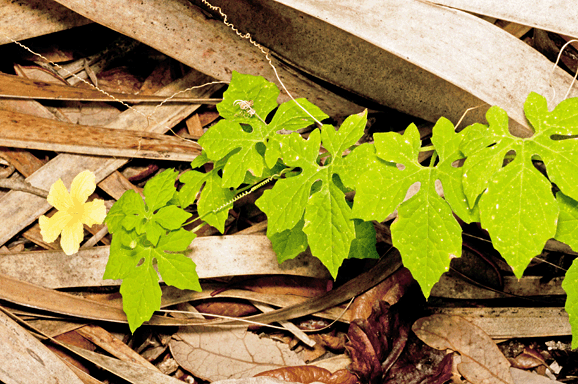
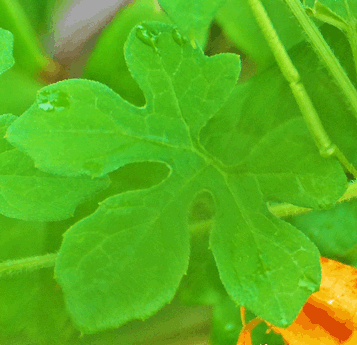
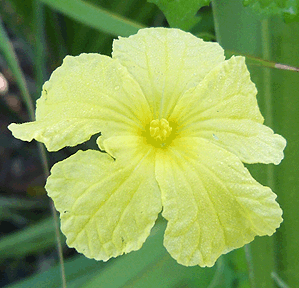
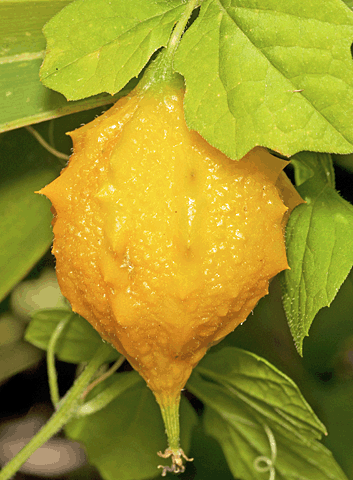

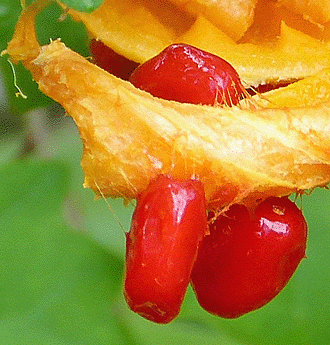
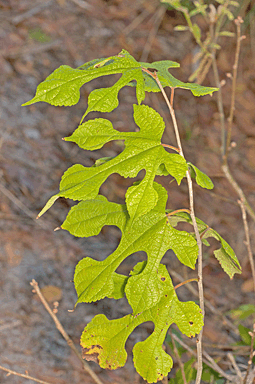
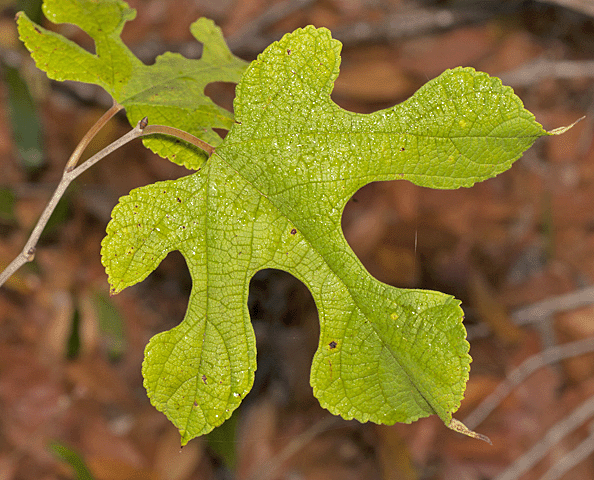 Leaves have finely serrated margins, upper surfaces with a texture like rough sandpaper, and bottom surfaces covered with soft hairs. The leaf petiole extrudes a milky sap when the leaf is pulled off the tree.
Leaves have finely serrated margins, upper surfaces with a texture like rough sandpaper, and bottom surfaces covered with soft hairs. The leaf petiole extrudes a milky sap when the leaf is pulled off the tree. 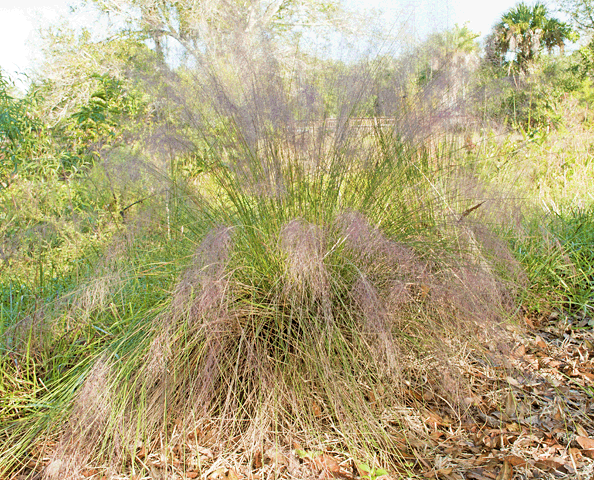
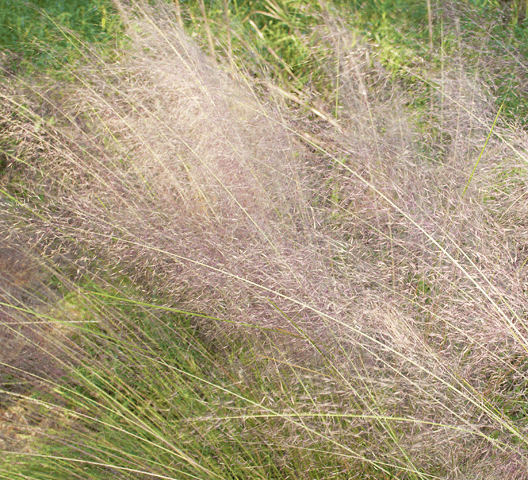
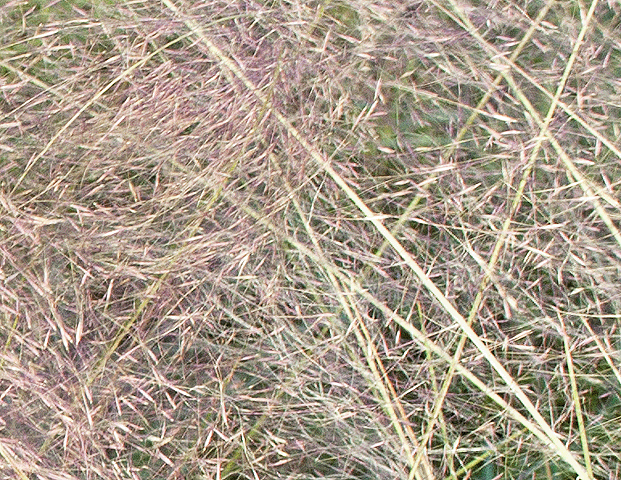
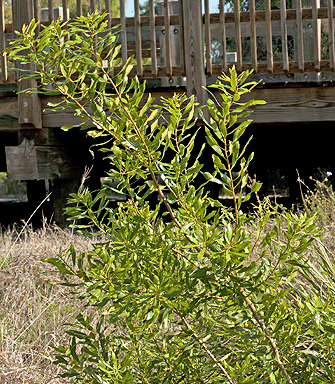
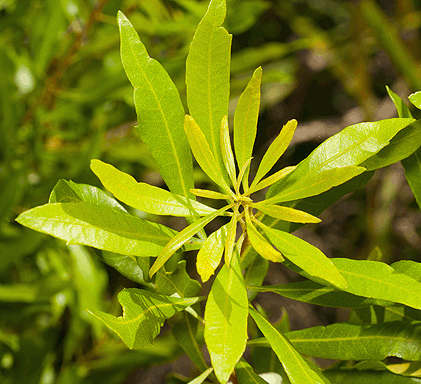
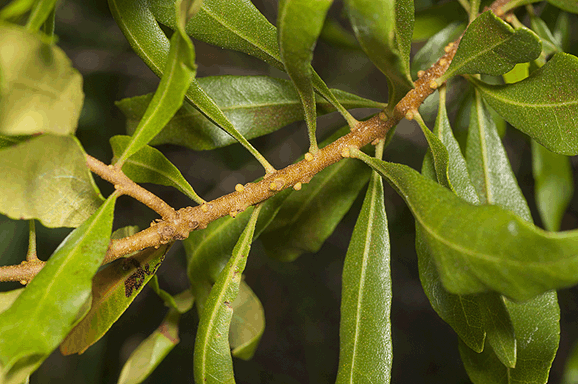
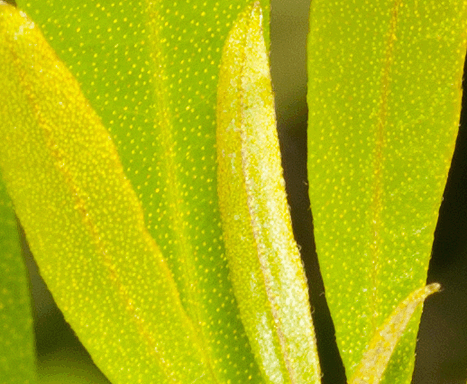
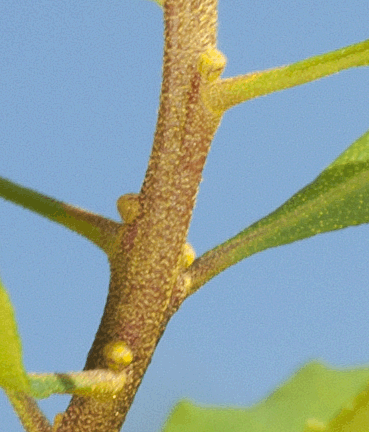
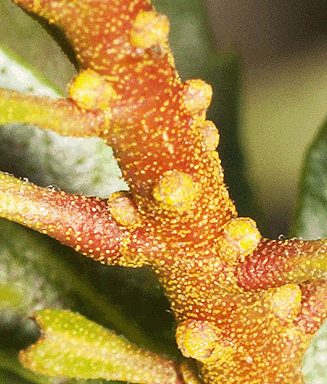
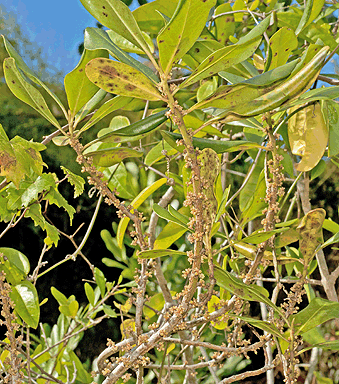
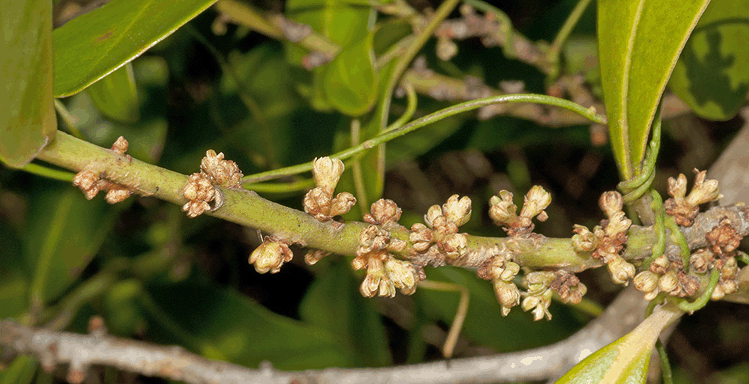

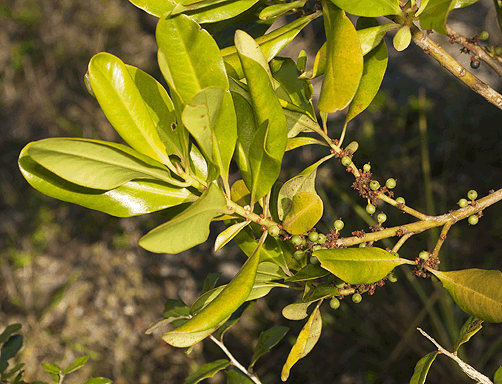
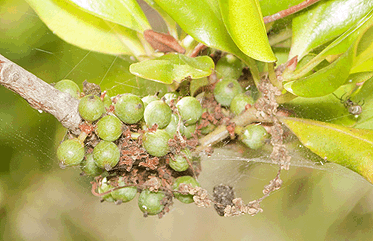

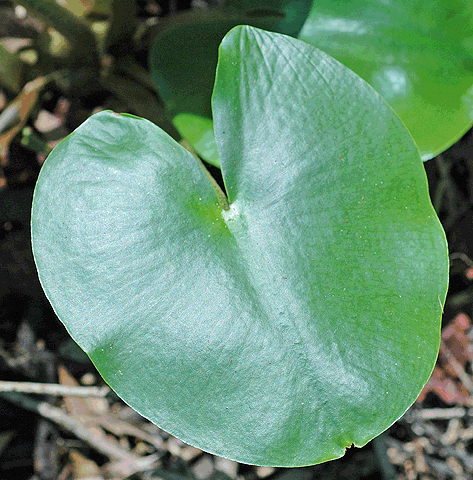
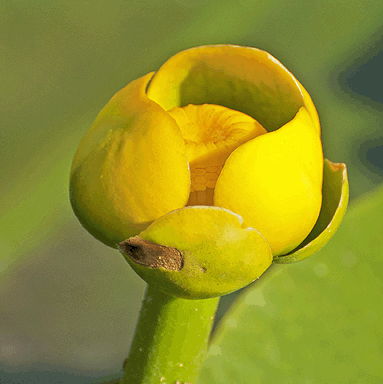
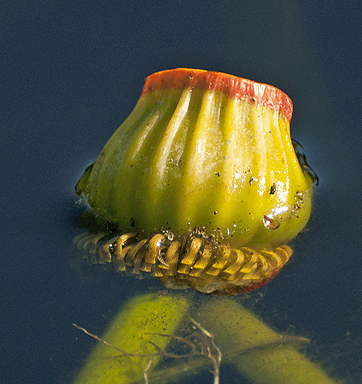
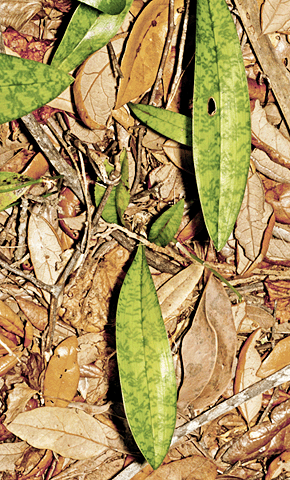

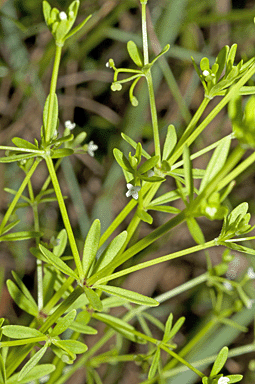 On January 13, 2014, this plant was identified from these photographs by Roger Hammer, author of Everglades Wildflowers and Florida Keys Wildflowers.
On January 13, 2014, this plant was identified from these photographs by Roger Hammer, author of Everglades Wildflowers and Florida Keys Wildflowers.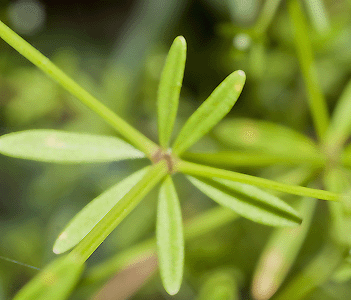 The plant's roots are fibrous and stems are quadrangular, solid, and without hairs. Leaves have one vein and are not lobed. They are entire, opposite, stalked, and linear.
The plant's roots are fibrous and stems are quadrangular, solid, and without hairs. Leaves have one vein and are not lobed. They are entire, opposite, stalked, and linear. 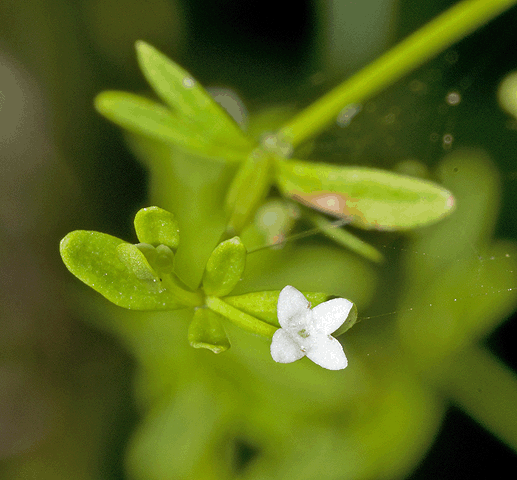 This specimen, found in the Smith Preserve, has 4-petalled solitary flowers, each about 2 mm in diameter. The species is also known to have flowers in groups that form axillary cymes. A plant flowers and fruits year round. Reproduction is with seeds.
This specimen, found in the Smith Preserve, has 4-petalled solitary flowers, each about 2 mm in diameter. The species is also known to have flowers in groups that form axillary cymes. A plant flowers and fruits year round. Reproduction is with seeds. 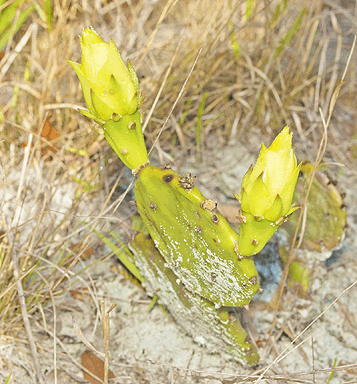
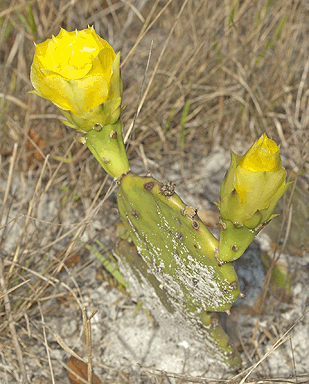
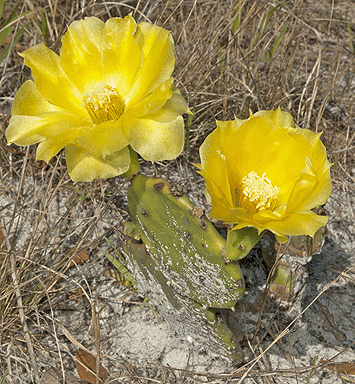
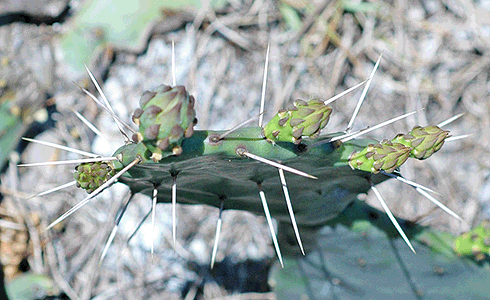
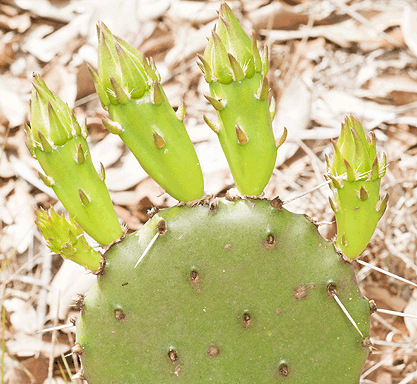
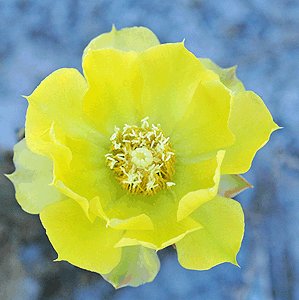
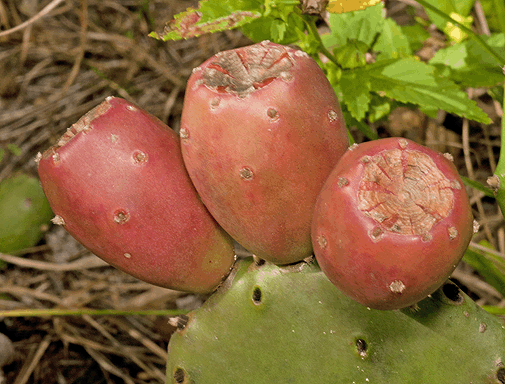
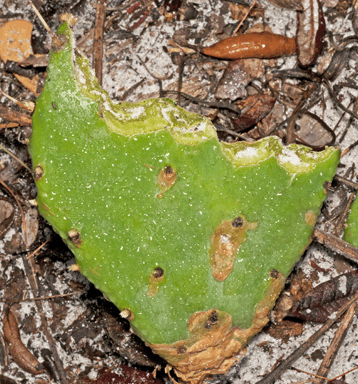

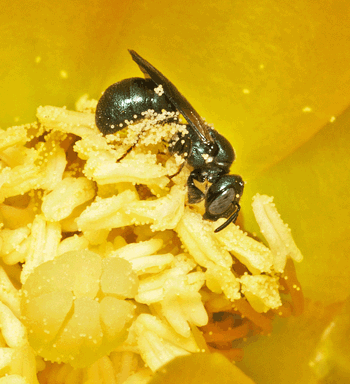
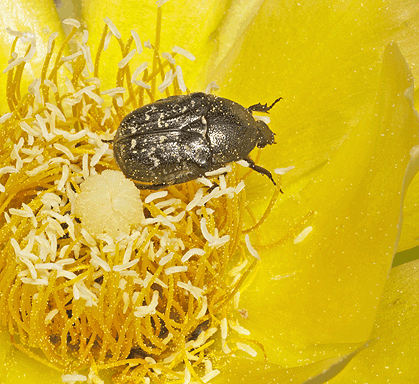
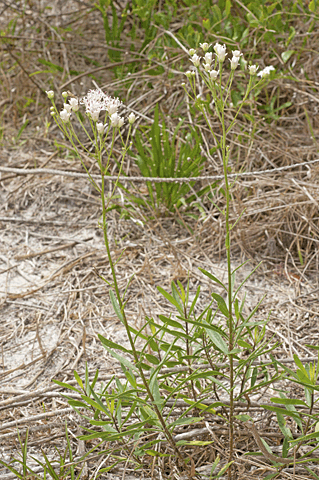
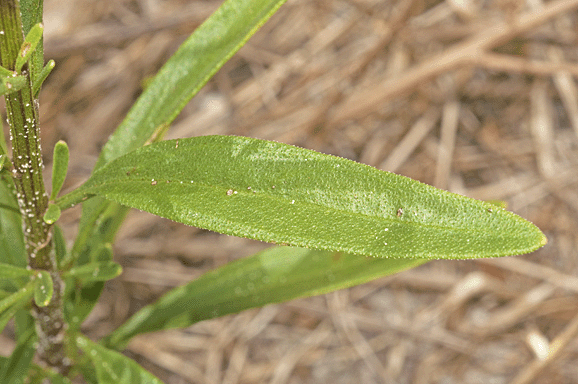 Parafoxia integrifolia is a native, annual member of Family Asteraceae (The Aster, Daisy, and Sunflower Family). It grows in well-drained sandy uplands throughout Florida (except in the western panhandle) and in parts of Georgia.
Parafoxia integrifolia is a native, annual member of Family Asteraceae (The Aster, Daisy, and Sunflower Family). It grows in well-drained sandy uplands throughout Florida (except in the western panhandle) and in parts of Georgia. 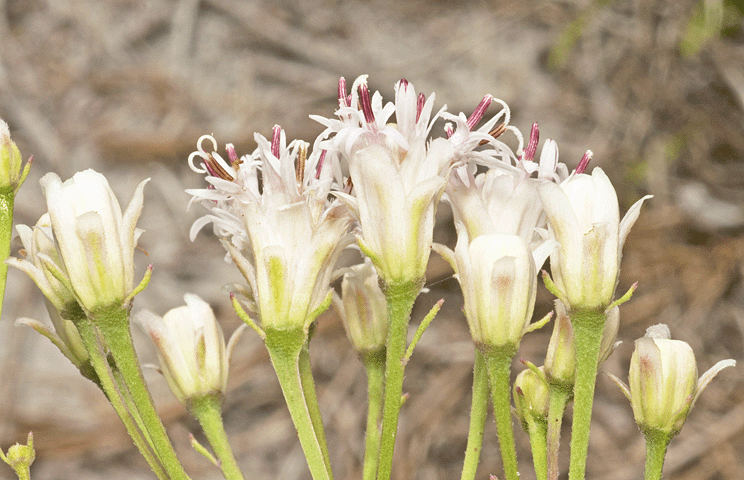
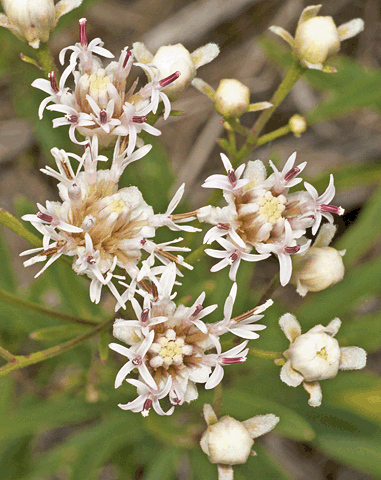
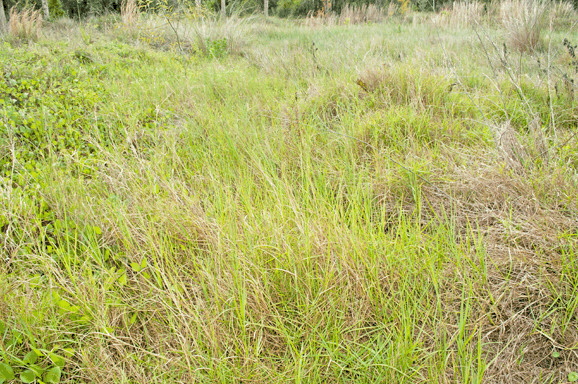
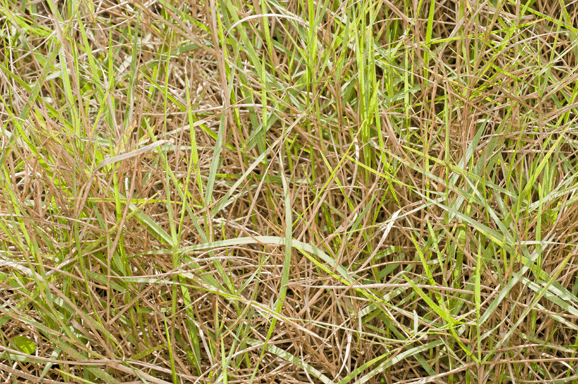
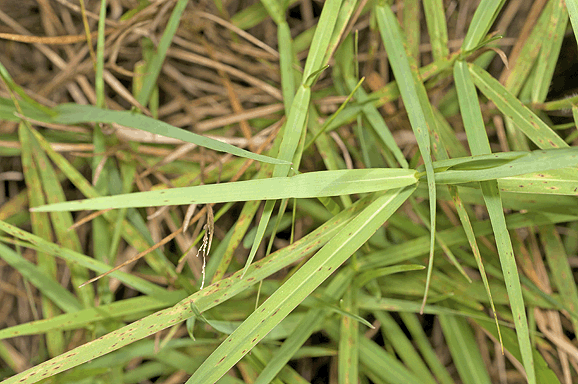
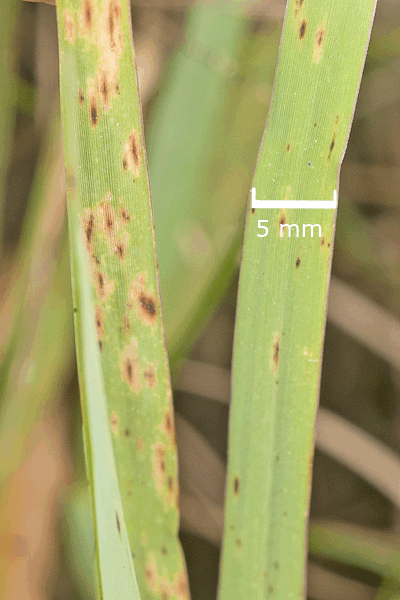
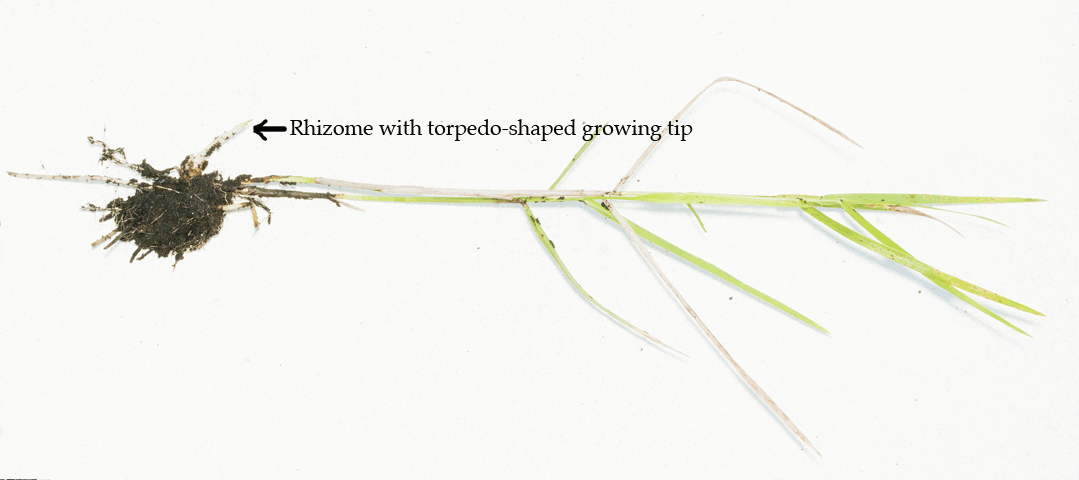
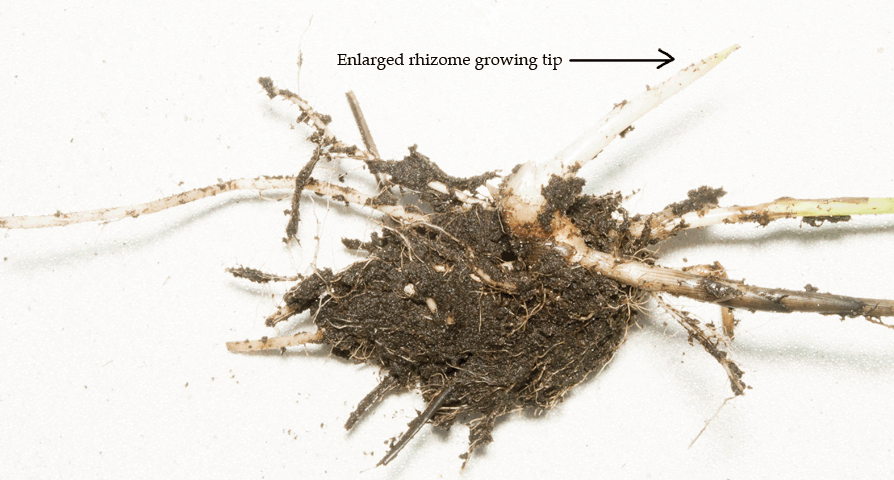
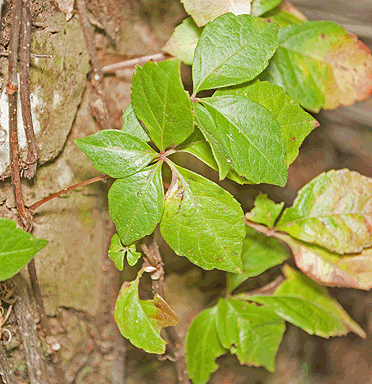
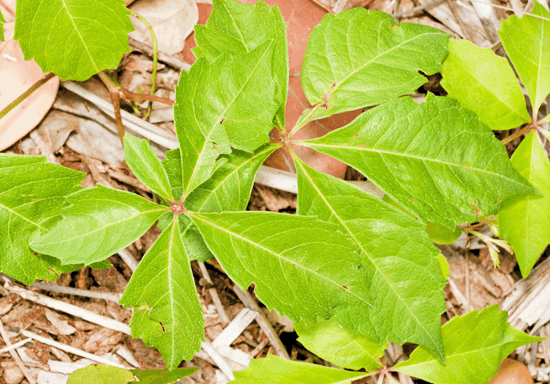
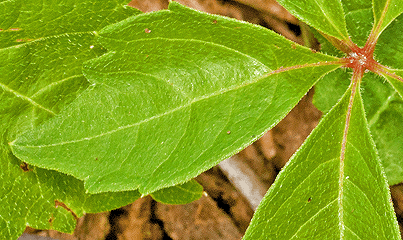
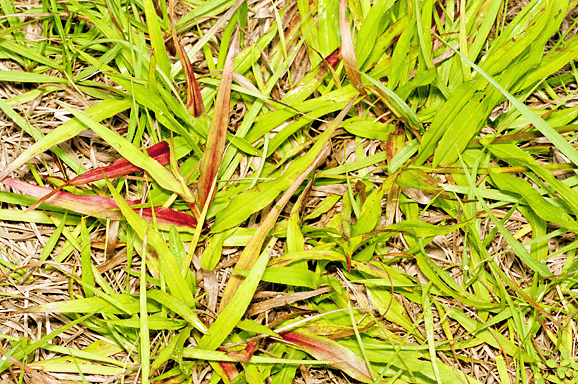
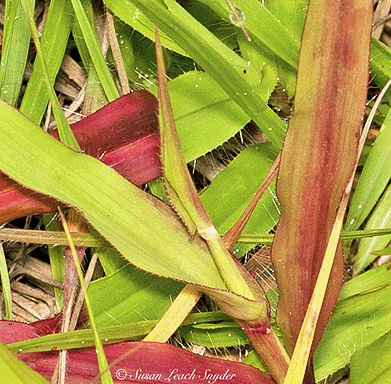
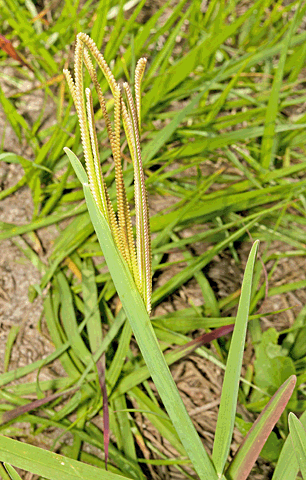
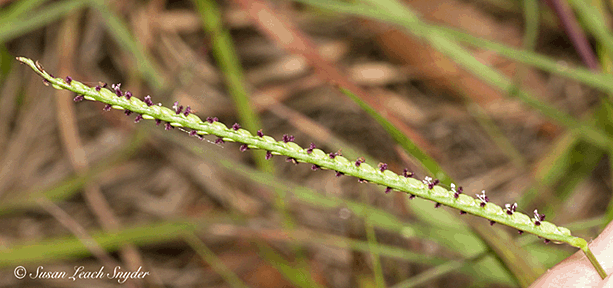
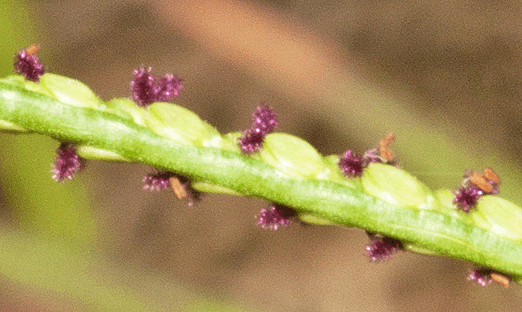
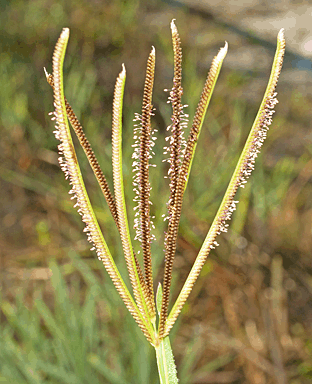
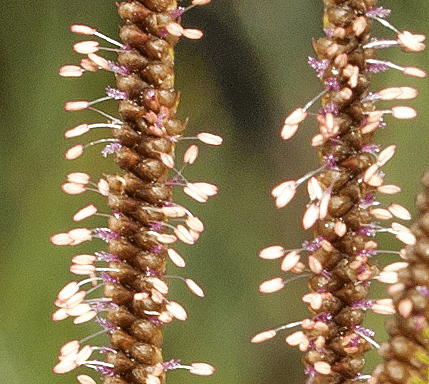
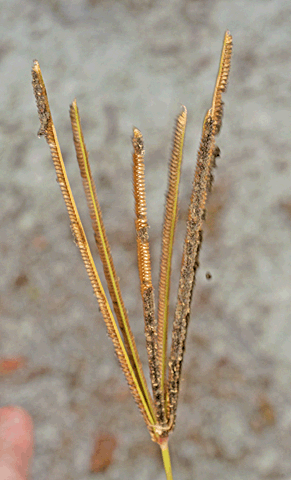
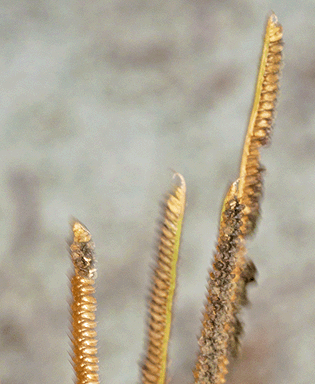
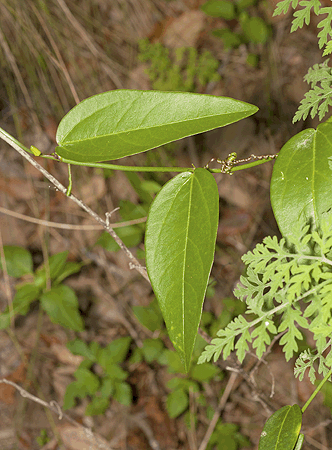 Passiflora suberosa is a native member of Family Passifloraceae. It is a small vine that grows to 6 m in length. Old stems have corky bark.
Passiflora suberosa is a native member of Family Passifloraceae. It is a small vine that grows to 6 m in length. Old stems have corky bark.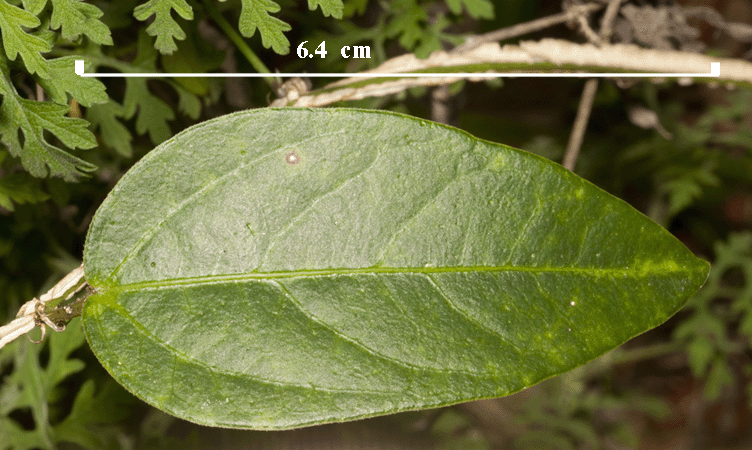 The plant in these photographs was growing in a grassy area adjacent to the hammock in the northeast corner of the Smith Preserve.
The plant in these photographs was growing in a grassy area adjacent to the hammock in the northeast corner of the Smith Preserve.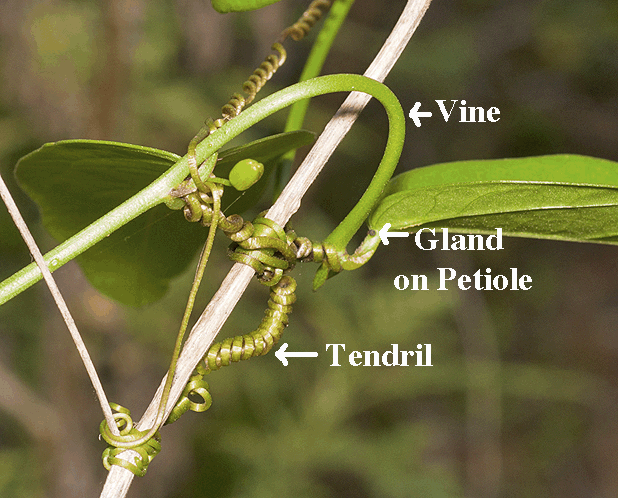 Greenish-white flowers are 15 to 25 mm across and bloom all year. Flowers lack petals, but they have 6 sepals that may be confused for petals.
Greenish-white flowers are 15 to 25 mm across and bloom all year. Flowers lack petals, but they have 6 sepals that may be confused for petals. 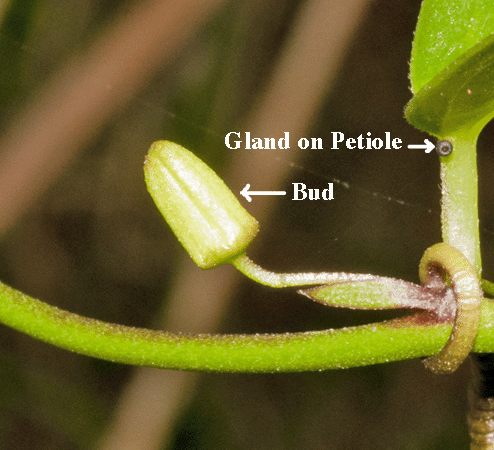 Corkystem passionflower is the preferred host for the larval stages of
Corkystem passionflower is the preferred host for the larval stages of 
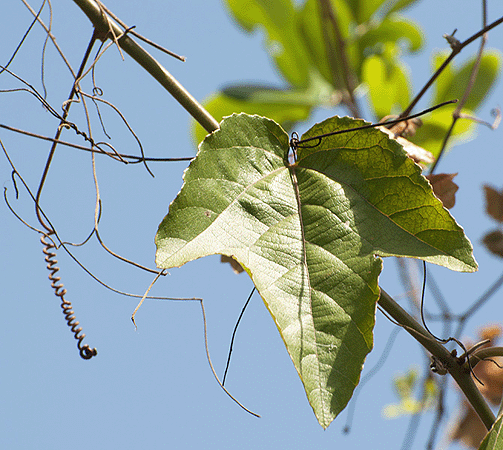
 It appears to begin somewhere in the bush in the yard of the home. From there, the vine grows up and over other plants, crosses over the fence, and intertwines with grape vines in the preserve trees above.
It appears to begin somewhere in the bush in the yard of the home. From there, the vine grows up and over other plants, crosses over the fence, and intertwines with grape vines in the preserve trees above. 